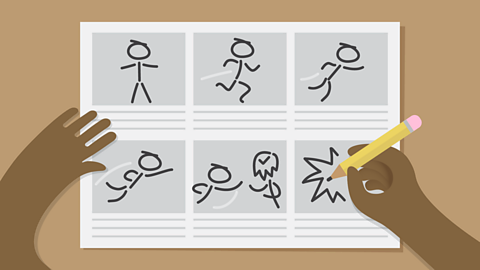Uses for data
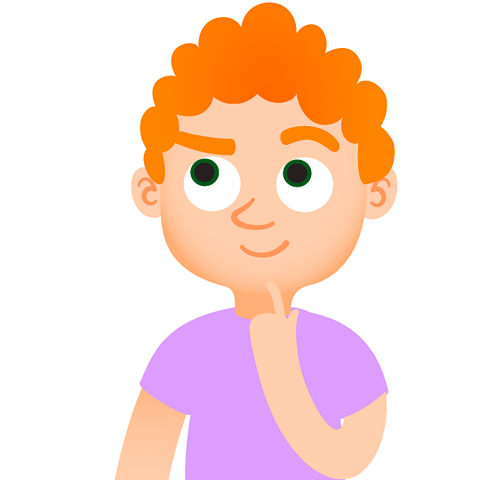
dataInformation collected in the form of numbers. is very useful.
It helps us to make decisions and answer questions.
However, when we collect large amounts of data it can take a long time to sort through it so we can use it. The way we organise our data can make it a lot easier to use.

Look at the trading cards below. They all show information about monsters.
The data has been organised in a way which makes it easy to find and compare the data that is needed to answer questions.
1 of 5
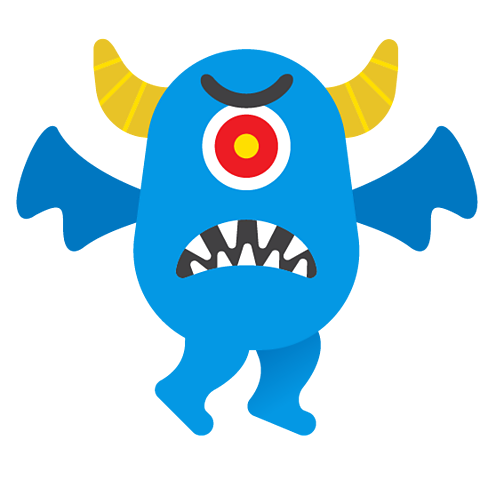
Which monster has the most eyes?
That's right! Albert has the most eyes.
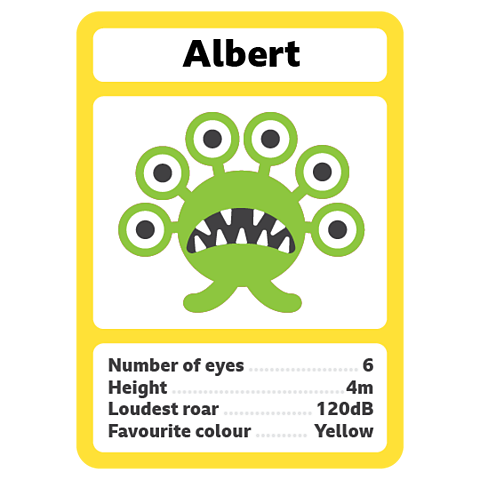
Which monster has the quietest roar?
That's right! Winston has the quietest roar.
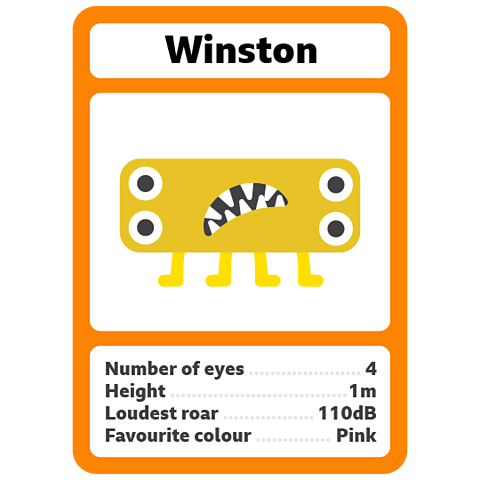
Which monster is the tallest?
Dylis is the tallest.

Which monsters selected green as their favourite colour?
There are two monsters which selected green as their favourite colour - Stan and Margaret.
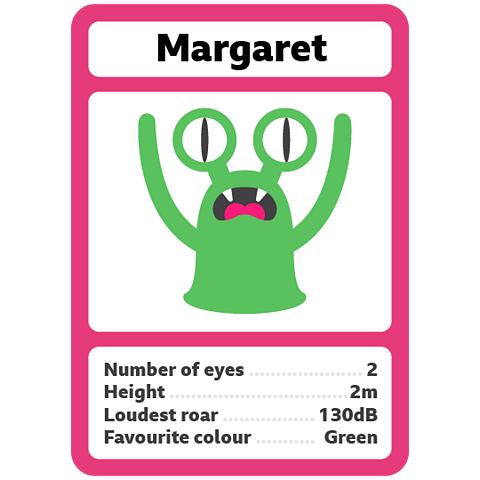
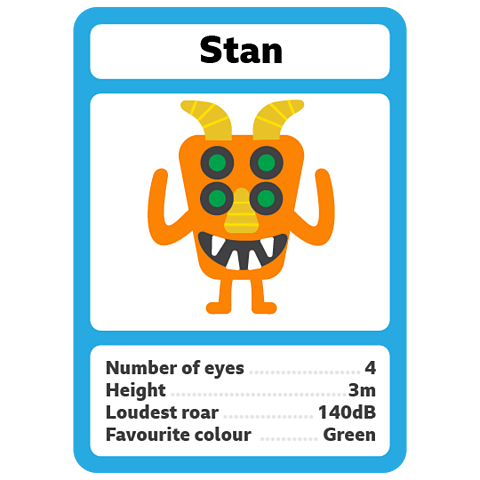
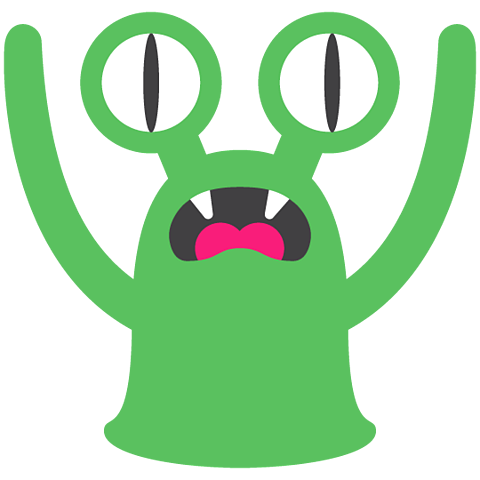
Creating databases
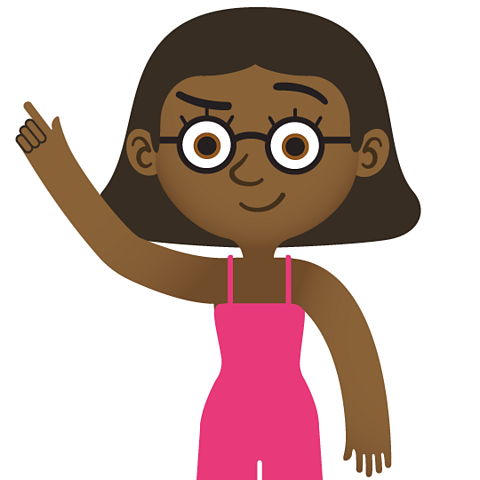
A databaseA collection of data that is stored in a computer and that can easily be used and added to. is a way of storing data so that it can be compared and used.
Data can be recorded in the form of:
- numbers
- words
- pictures
When we set up a database, we need to think about the information we are going to collect. We might even need to design the questions we are going to ask in order to better help us collect the data we need to answer our questions.
The trading cards are an example of a database. The same data has been collected for each monster.


We can't answer the question Which monster likes the colour pink? from the data we have already collected. This is because we asked the question 'What is your favourite colour?'
Albert said that his favourite colour was yellow but this does not mean that he doesn't like pink.
If we asked the question 'Do you like pink?' then we would be able to answer the question.
Organising databases
This database is being used to record data about all the toys in a bedroom. Click on the labels to explore how this database has been set up.
Using databases on a computer
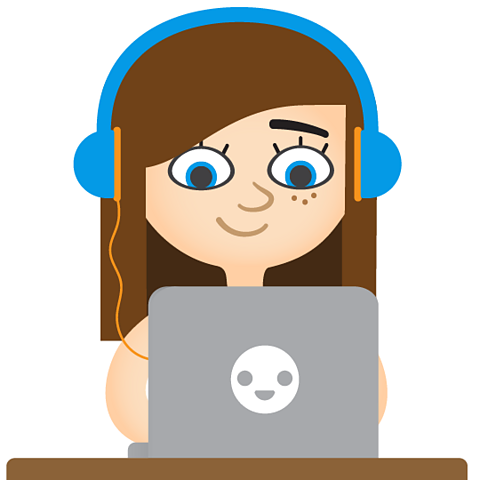
There are many advantages to using a database on a computer.
Databases that are stored on a computer can have lots of fieldThe columns of data in a database. for each record.
They can also have thousands of recordA row of data in a database. within the database.
It would take a lot of paper to store the same amount of data that can be stored in a computer database.

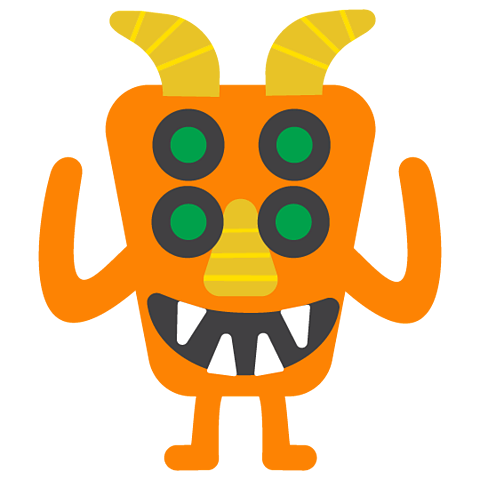
An advantage of using a computer database is that we can instruct the computer to order theinformation in a certain way. This is called ordering.
Data can be placed in alphabetical order or numerical order. We can ask the computer to start with the lowest number and go up, or the highest number and go down.
We can use ordering to find out the answers to the following questions.
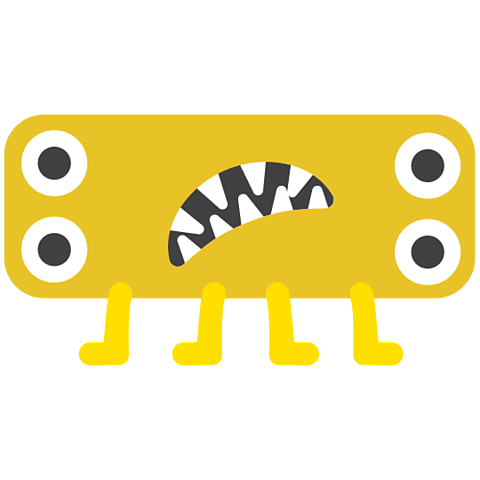
- Which monster has the fewest number of eyes?
- Which monster is the tallest?
- Which monster's name comes first alphabetically?
We can also ask the computer to show us data that matches a certain conditionA statement that can be either true or false. in one or more fields.
We could instruct the computer to only show us monsters that were taller than a certain height, or whose name starts with the letters A, B, C or D.
This is called filteringTo sort the information and show only the information relevant to a question. .


The computer will go through all the records and filter out the ones that do not meet our conditions and only shows us those that do.
- Which monsters can roar louder than 130 decibels?
- Which monsters have less than 5 eyes?
- Which monsters chose pink as their favourite colour?

We could answer the same questions using a database that stores the information on paper.
However, if we did this we would need to look through every record in the paper database.
Using a computer to search a database is a far more efficientWorking in a way that gets results with less effort and time wasting. way to find the data to answer a question.

Using databases in the real world
Click on the buildings below in the image to find out how databases are used.
Activities
Computing - Dance Mat Typing. gameComputing - Dance Mat Typing
Build and test your computing skills with different levels of touch type challenges

More on Information technology
Find out more by working through a topic
- count11 of 17
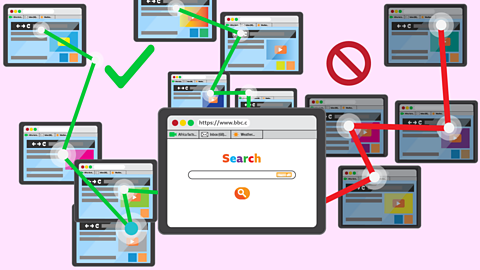
- count12 of 17
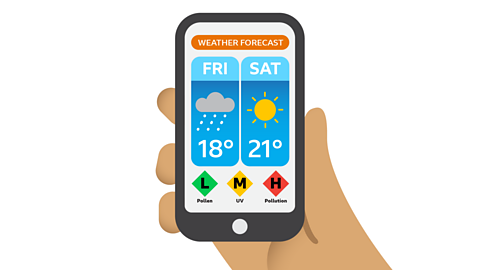
- count13 of 17
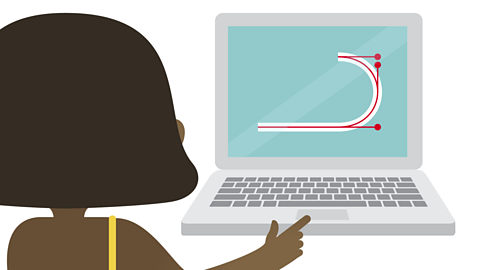
- count14 of 17
